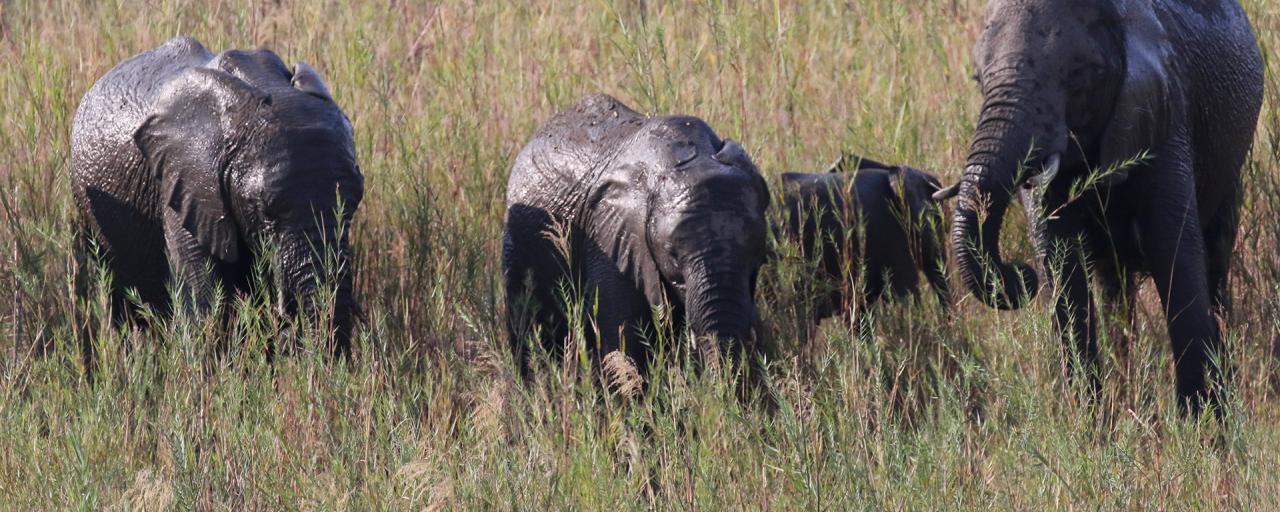
Elephants are very intelligent and surprising animals, they have deep and consolidated family relationships, like those of us humans, and unique rituals.
What not everyone knows is that elephants communicate, not only on short, but also over long distances, thanks to infrasound, that is very low frequency sounds, less than 20 vibrations per second, that they can emit.
Recent studies have found that when an elephant creates typical deaf rhombuses, the sound is transmitted in the air and also through the ground; these sounds emitted by the elephants were measured: in the air they travel at about 309 meters per second, while on the ground at about 248-264 meters per second.
Sound waves are transmitted as light seismic waves and elephants are able to perceive these signals, to orient themselves in the direction from which the vibrations come and even to respond to them appropriately.
Elephants may be able to detect these seismic vibrations, or ray waves, through two parts of their body: the proboscis, very sensitive and able to absorb the vibrations, and the legs, that are very sensitive receptors, the corpuscles of Pacini and corpuscles of Meissner; these make elephant's paws excellent natural seismic wave detectors.
The signals emitted by the low-frequency elephants are propagated through the ground and travel long distances, moreover they do not suffer the interferences of atmospheric phenomena and habitat, as it happens for the sounds that propagate in the air.
Just think of what happens in a forest, vegetation dampens the strength of the signal, even the morphology of the ground can divert propagation; while in the subsoil a signal can travel more than 30 kilometers, and sometimes exceed 50 km.
Seismic signals travel at a different speed than airborne signals; the time difference with which a signal arrives depends on the distance of the transmitter, therefore, knowing the two different speeds, the aforementioned distance can be calculated.
The elephants communicate different messages among themselves: they respond to an alarm call by grouping together in tight groups, with the younger ones at the center, protected by the elderly; in the same way they receive information on the availability of water and even it seems that the various herds agree to not create crowds at a single waterhole at the same time.
Research by the University of Stanford has shown that elephants can distinguish between the seismic reproductions of alarm calls made by familiar and unfamiliar individuals, being able to recognize the high-resolution frequency differences in the vocalizations of each individual elephant.
Other animals may emit infrasound, such as whales; it has been noticed that some elephants on the coasts of South Africa were facing the ocean where whales were present, there are no confirmations that they are able to communicate with each other, but surely they are able to hear their respective sounds.
Do you like our comics? If you want to create your comic, your comic travel diary or a memory, click here and you will have a super offer dedicated to you!






